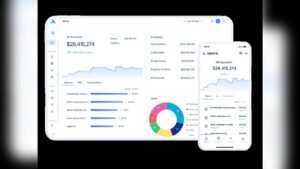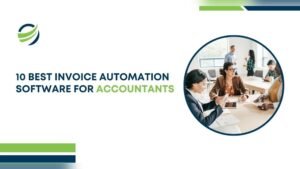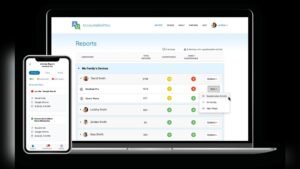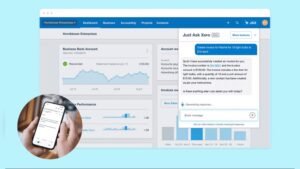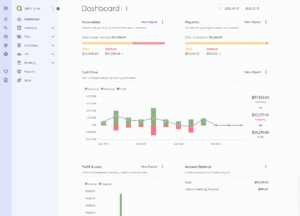E Marketing is essential for businesses today. It offers various tools and strategies for growth.
In the digital age, E Marketing stands as a cornerstone of modern business practices. With the rise of online platforms, companies now have endless opportunities to reach their target audience. Whether it’s social media, email campaigns, or SEO, E Marketing provides a diverse set of features to enhance customer engagement and drive sales.
Understanding these features is crucial for any business wanting to thrive in a competitive market. This blog will delve into the key aspects of E Marketing, providing insights that can help you leverage these tools effectively. Get ready to explore the dynamic world of E Marketing and see how it can transform your business strategies.
Introduction To E Marketing
E Marketing offers unique features like real-time data analysis and targeted advertising. It helps businesses reach a wider audience efficiently. Personalization of content and cost-effectiveness are also key aspects.
E Marketing, also known as online marketing, has changed how businesses connect with their audience. It involves using digital channels to promote products and services. This method has become essential for many companies. It offers a wide reach and cost-effective strategies.What Is E Marketing?
E Marketing uses the internet to market products and services. It includes email marketing, social media marketing, content marketing, and search engine optimization (SEO). Each of these channels helps to engage customers. They also help to generate leads and increase sales.Importance In The Digital Age
In today’s digital age, e marketing is vital. Most people spend a lot of time online. Businesses need to be where their customers are. E marketing helps to reach a wider audience. It also allows for targeted marketing. This means businesses can tailor their messages to specific groups. This increases the chance of converting leads into customers. “`Seo Optimization
SEO Optimization is a critical aspect of e-marketing. It drives organic traffic to your website. This means more visibility and potential customers for your business.
Understanding SEO is crucial. It involves various strategies and techniques. Let’s explore some key features.
Keyword Research
Keyword research is the foundation of SEO. It helps you understand what your audience is searching for. Use tools like Google Keyword Planner or Ahrefs to find relevant keywords.
Choose keywords that match your content. Think about the intent behind the search. Are users looking for information, or are they ready to buy?
For example, if you run a bakery, keywords like “best chocolate cake recipe” or “buy fresh bread online” can be valuable. These terms directly relate to what your potential customers need.
On-page And Off-page Seo
On-page SEO refers to optimizing individual web pages. This includes using keywords in your content, meta tags, and headers. Make sure your website is user-friendly and mobile-responsive.
Off-page SEO involves activities outside your website. Building backlinks from reputable sites is essential. Engage in guest blogging or collaborate with influencers in your niche.
Think of on-page SEO as setting up your store, and off-page SEO as spreading the word about it. Both are important for driving traffic and improving your search engine ranking.
Have you ever wondered why some websites rank higher than others? It’s not just about content; it’s about how well you optimize your site for search engines.
Remember, SEO is not a one-time task. It’s an ongoing process. Stay updated with the latest trends and algorithm changes.
By focusing on SEO Optimization, you can significantly improve your e-marketing efforts. Start with keyword research, and don’t neglect on-page and off-page SEO. Your audience is searching for you—make sure they find you easily.
Content Marketing
Content marketing is a vital part of E Marketing. It involves creating and sharing valuable content to attract and engage your audience. Through content marketing, businesses can build trust and authority. This helps in driving customer loyalty and boosting sales. Let’s explore two key aspects of content marketing: Blogging and Video Content.
Blogging
Blogging is an essential tool in content marketing. It allows businesses to share informative articles. These articles can address common questions and problems. This creates a strong connection with the audience. Regularly updating a blog keeps your audience engaged. It also improves your website’s search engine rankings. Quality blog posts can establish your brand as an industry leader. They provide valuable insights and tips that readers find useful.
Engaging blog content can drive more traffic to your website. It can also increase social media shares. Optimized blog posts help in reaching a wider audience. They can turn visitors into loyal customers. By focusing on relevant topics, you can attract readers who are interested in your products or services.
Video Content
Video content is another powerful tool in content marketing. Videos are highly engaging and easy to consume. They can deliver complex information in a simple and visual way. People are more likely to remember video content compared to text. Creating videos can showcase your products or services effectively.
Video content can also improve your SEO. Search engines favor websites with diverse content types. Videos can increase the time visitors spend on your site. This signals to search engines that your content is valuable. Additionally, videos are shareable across social media platforms. This can expand your reach and attract new audiences.
By incorporating video content, you can enhance your marketing strategy. Use videos to demonstrate product features, share customer testimonials, or provide tutorials. Videos can help you connect with your audience on a personal level. They can also drive engagement and conversions.
Credit: skillfloor.com
Social Media Marketing
Social media marketing is a powerful tool in the e-marketing arsenal. It allows businesses to engage with their audience in real-time, build brand awareness, and drive sales. Whether you are a small business owner or a marketing professional, understanding how to leverage social media can significantly impact your success.
Platforms To Use
The first step in social media marketing is choosing the right platforms. Each social media platform has its unique audience and type of content that performs best.
Facebook is great for building a community and sharing a variety of content types. It’s ideal for targeting a broad audience.
Instagram focuses on visual content like photos and videos. It’s perfect for brands that can create visually appealing content.
LinkedIn is a professional network, best suited for B2B marketing. It’s effective for sharing industry insights and connecting with professionals.
Twitter is excellent for real-time updates and customer service. It’s highly effective for short, timely content.
Choosing the right platform depends on where your audience is most active. Conduct research to understand where your target audience spends their time online.
Engagement Strategies
Once you’ve chosen the platforms, the next step is to engage your audience effectively. Engagement is not just about posting content; it’s about creating meaningful interactions.
Start by creating valuable content that your audience finds interesting and useful. This could be tips, tutorials, or behind-the-scenes looks.
Use visuals like images, videos, and infographics. Visual content is more engaging and likely to be shared.
Encourage interaction by asking questions, running polls, and hosting live sessions. This not only boosts engagement but also provides insights into your audience’s preferences.
Respond promptly to comments and messages. This shows that you value your audience’s input and are willing to engage in a conversation.
Run contests and giveaways. These are great for increasing engagement and expanding your reach.
For instance, I once ran a simple contest on Instagram, asking followers to share their best travel photos. The response was overwhelming, and it significantly boosted our brand’s visibility.
What engagement strategies have you found most effective? Share your thoughts in the comments!
Email Marketing
Email marketing remains one of the most effective strategies for digital engagement. It offers direct communication with your audience, ensuring personalized interaction. The success of email marketing lies in various elements. Let’s dive into some key features.
Building A Subscriber List
A strong subscriber list is the foundation of successful email marketing. Start by offering valuable content. Use your website, blog, and social media to attract sign-ups. Incentives like eBooks or discounts can boost sign-ups.
Always ensure you have permission to email your subscribers. This builds trust and keeps your emails out of the spam folder. Use double opt-in methods to confirm subscriptions. This ensures a more engaged audience.
Crafting Effective Emails
Creating effective emails involves several steps. Begin with a compelling subject line. It should grab attention and entice the reader to open the email. Keep it short and relevant.
Next, focus on the email body. Personalize the content for your audience. Use simple language and clear calls to action. Ensure the email is mobile-friendly. Many users check emails on their phones.
Test different formats and content types. Monitor open and click rates. Adjust your strategy based on the results. Consistency in branding and messaging is also crucial. This builds recognition and trust over time.
Pay-per-click Advertising
Pay-Per-Click (PPC) advertising is a crucial part of e-marketing. With PPC, you pay only when someone clicks on your ad. It’s a cost-effective way to drive traffic to your website. PPC ads can appear on search engines and social media platforms. This form of advertising targets users who are actively searching for products or services like yours.
Google Ads
Google Ads is one of the most popular PPC platforms. It displays your ads on Google’s search engine results pages (SERPs). You can bid on keywords related to your business. This helps your ad appear when users search for those terms. Google Ads offers various ad formats, including text, display, and video ads. You can also set a budget to control your spending.
Google Ads provides detailed analytics. This allows you to track the performance of your ads. You can see how many clicks and conversions you get. This data helps you refine your campaigns for better results. With Google Ads, you reach potential customers at the right moment.
Social Media Ads
Social media platforms like Facebook, Instagram, and Twitter offer PPC advertising options. These platforms allow you to target users based on their interests and behaviors. You can create engaging ads with images, videos, and text. Social media ads can increase brand awareness and drive traffic to your website.
Each platform provides analytics to measure ad performance. You can see how many people saw and clicked your ad. This helps you understand what works best for your audience. Social media ads are flexible and can be adjusted quickly. You can test different ad formats and targeting options to find the best strategy.
Analytics And Data
In the rapidly evolving world of e-marketing, understanding the role of analytics and data is crucial. These tools help you measure success, refine strategies, and make informed decisions. Let’s delve into how tracking metrics and using data for strategy can transform your e-marketing efforts.
Tracking Metrics
Tracking metrics is the backbone of effective e-marketing. It allows you to monitor the performance of your campaigns in real time. Are your email open rates up to par? How about your click-through rates on social media ads?
Using tools like Google Analytics, you can track visitor behavior on your website. This includes page views, session duration, and bounce rates. Such insights help you identify what works and what doesn’t.
Imagine you run an e-commerce site. You notice a high bounce rate on your product pages. This could indicate a problem with page load times or content relevance. Addressing these issues can improve user experience and increase conversions.
Using Data For Strategy
Data-driven strategy is not just a buzzword; it’s a game-changer. When you analyze data, you gain insights into customer behavior and preferences. This allows you to tailor your marketing efforts to meet their needs.
Consider A/B testing your email campaigns. By comparing different subject lines or call-to-actions, you can determine which version resonates more with your audience. The data from these tests guide your future email strategies.
Additionally, segmenting your audience based on data can enhance targeting. If you know that a segment of your audience prefers video content, you can focus on creating more video ads for them. This personalized approach often leads to higher engagement and conversion rates.
Are you leveraging data to its full potential in your e-marketing strategies? If not, it’s time to start. The insights you gain can lead to more effective campaigns and, ultimately, better business outcomes.

Credit: www.youtube.com
Future Trends In E Marketing
E marketing’s future trends include personalized content, AI-driven analytics, and interactive experiences. Features like automation and real-time data enhance engagement and efficiency.
E-marketing is rapidly evolving. Future trends promise to reshape the way businesses connect with their audience. Staying ahead of these trends is crucial for maintaining a competitive edge. Let’s dive into some of the key trends shaping the future of e-marketing.Ai And Automation
AI and automation are transforming e-marketing. Imagine having a tool that predicts customer behavior. This allows you to tailor your campaigns effectively. Tools like chatbots handle customer queries in real-time. They provide instant support, improving customer satisfaction. AI can analyze vast amounts of data quickly. Automation streamlines repetitive tasks. It frees up time for creative strategies. You can focus on what truly matters—connecting with your audience.Personalization
Personalization is no longer optional. Customers expect tailored experiences. It’s about delivering the right message at the right time. Consider personalized email campaigns. They often see higher open rates. Customers feel valued and understood. Websites can also adapt content based on user behavior. This makes the user experience seamless. Think of Netflix recommending shows based on your viewing history. How can you implement personalization in your strategy? Start with simple steps. Use customer data to segment your audience. Tailor your messages to their preferences. E-marketing is set to become even more dynamic. Are you ready to embrace the future?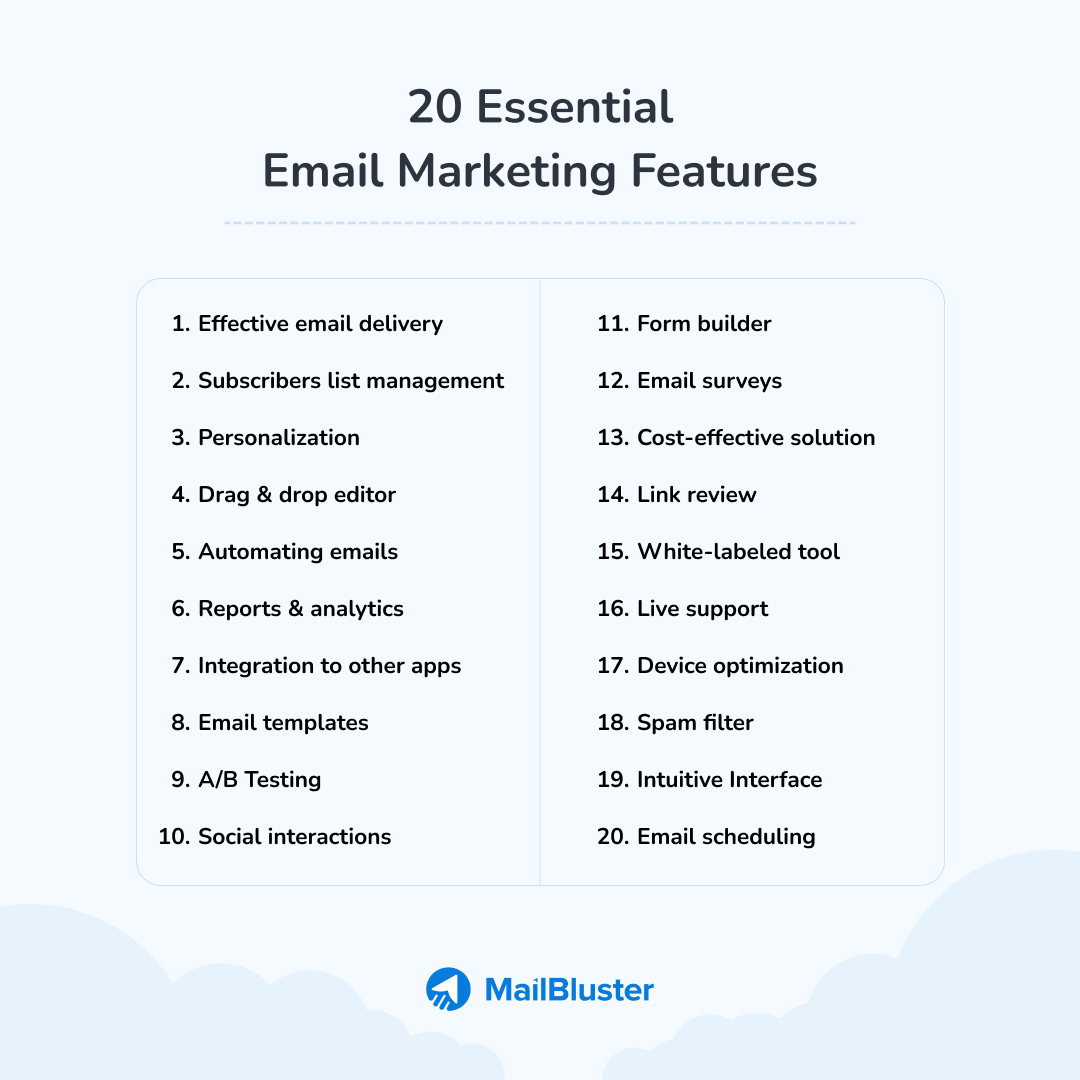
Credit: mailbluster.com
Frequently Asked Questions
What Is E-marketing Meaning Features?
E-marketing involves using digital channels to promote products or services. Key features include email marketing, social media campaigns, SEO, content marketing, and online advertising. This approach allows businesses to reach a global audience, track engagement, and personalize marketing efforts for better results.
What Are The Features Of Digital Marketing?
Digital marketing features include SEO, content marketing, social media engagement, email marketing, PPC advertising, and analytics. These tools help businesses reach target audiences, measure performance, and optimize strategies efficiently.
What Are The Features Of E Business?
E-business features include online transactions, global reach, cost efficiency, 24/7 availability, personalized services, and easy scalability.
What Are The Four Features Of Marketing?
The four features of marketing are product, price, place, and promotion. These elements form the marketing mix.
Conclusion
E Marketing offers many powerful features. It connects businesses with global audiences. It provides tools for personalized marketing. Businesses can track customer behavior easily. It helps in creating engaging content. E Marketing supports various platforms and devices. Costs are lower compared to traditional marketing.
It allows quick adjustments to campaigns. Understanding these features can boost your marketing efforts. E Marketing is essential for modern businesses. So, start leveraging it today for better results.

